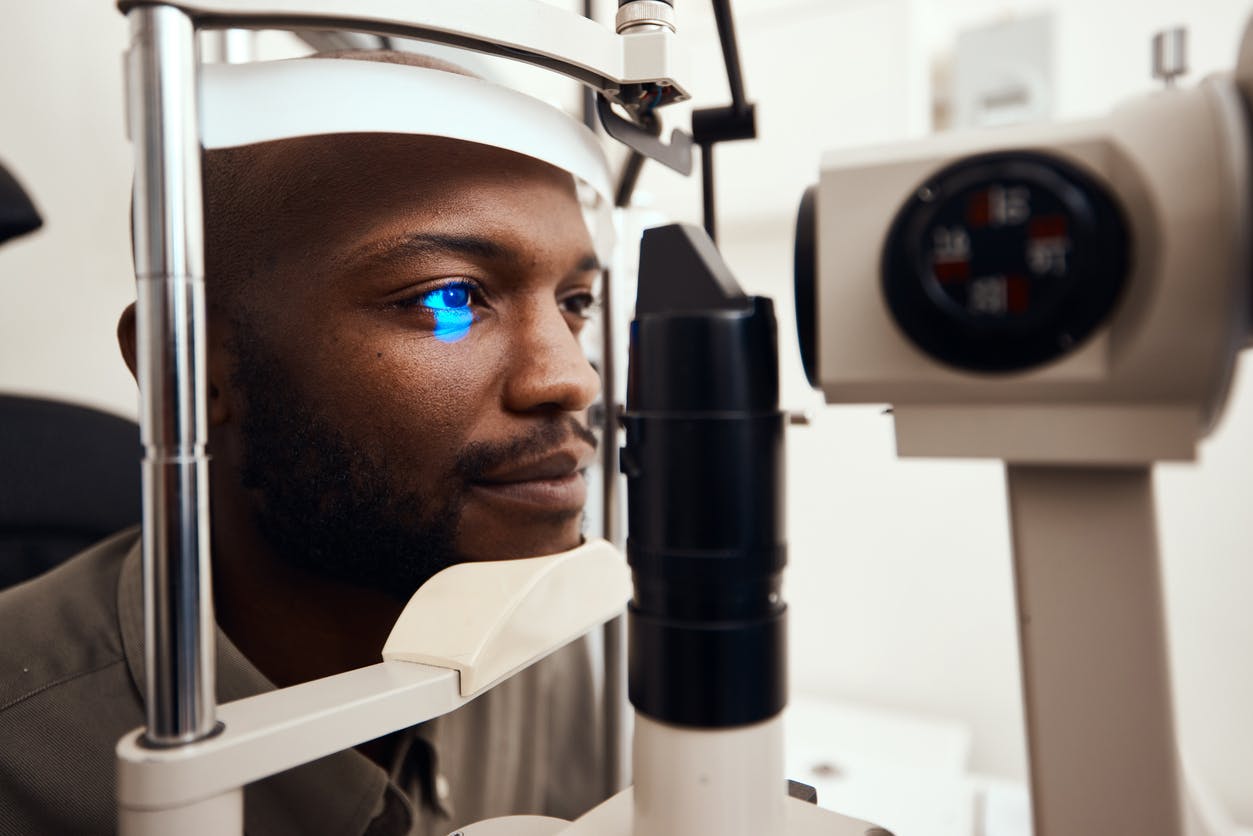Deciding on the right vision correction procedure is a critical step along the journey to improved quality of life and well-being. Our knowledgeable, caring team at Beach Cities Laser Vision in South Bay and Torrance can discuss the pros and cons of each treatment with you, establishing the best approach for relieving your symptoms and restoring your peace of mind.
Dr. Liu – A world-class training background
After graduating with honors from the University of California, Berkeley, with a double major in Neurobiology and Public Health, Dr. Liu attended medical school at the University of California, Irvine. She was then selected for an elite Ophthalmic Pathology and Research Fellowship at the University of Utah, Moran Eye Center, and an Ophthalmology Residency at Tufts Medical Center.
Next, Dr. Liu pursued demanding Fellowship training at the Shiley Eye Institute of the University of California, San Diego, further solidifying her intrepid skill set. Additionally, Dr. Liu has extensive trauma experience at the University of New Mexico Hospital, as well as in-depth training in the complex field of refractive surgery at the Navy Refractive Surgery Center.









